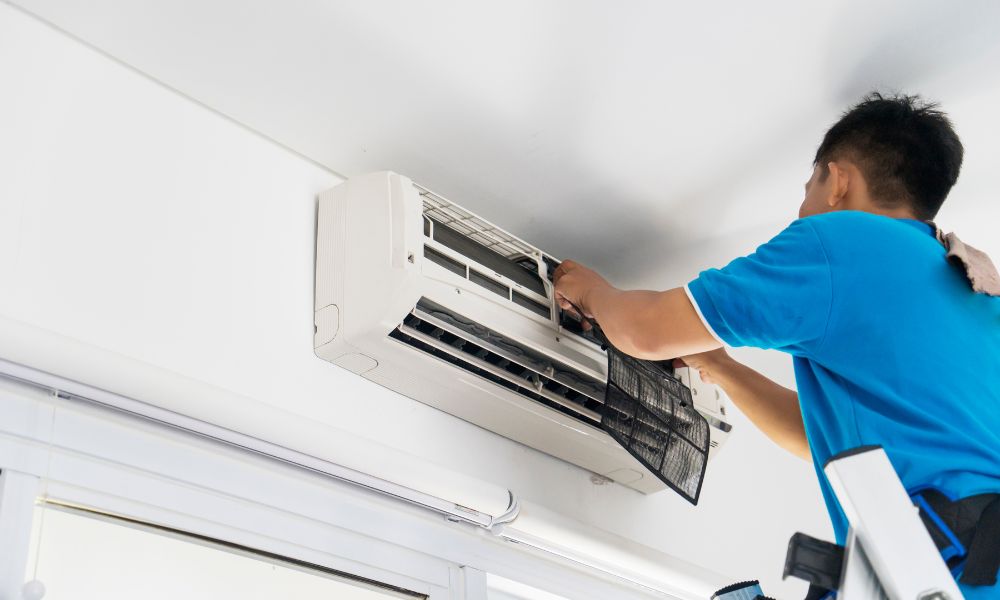Introduction to AC Installation
AC installation is the process of setting up an air conditioning system in a residential or commercial property to regulate indoor temperature and humidity levels. Whether you’re installing a new unit or replacing an old one, proper installation is crucial for optimal performance and energy efficiency.
Importance of Professional Installation
While some may consider DIY installation to save money, it’s essential to recognize the value of professional expertise. Professional installers have the knowledge, experience, and tools to ensure that your AC unit operates efficiently and reliably air conditioning repair los angeles.
Choosing the Right AC Unit
Before diving into the installation process, it’s vital to select the right AC unit for your space. Consider factors such as the size of the area, cooling capacity, energy efficiency, and budget constraints. There are various types of AC units available, including central air conditioning, ductless mini-split systems, window units, and portable ACs.
Pre-Installation Preparation
Before scheduling an installation appointment, it’s essential to assess your space’s requirements and obtain any necessary permits or approvals. Proper planning ensures a smooth installation process and compliance with local regulations.
Hiring a Professional
When hiring an HVAC contractor for AC installation, it’s crucial to research reputable companies in your area. Seek recommendations from friends, family, or online reviews, and schedule consultations with multiple contractors to compare services and pricing.
Installation Process
The installation process typically involves several steps, including site evaluation, equipment placement, ductwork installation (if applicable), electrical wiring, refrigerant line connection, and system testing. The duration of the installation may vary depending on the complexity of the project and the type of AC unit being installed.
Post-Installation Care
Once the AC unit is installed, it’s essential to follow proper maintenance practices to ensure optimal performance and longevity. Regular maintenance tasks include cleaning or replacing air filters, checking refrigerant levels, inspecting ductwork for leaks, and scheduling professional tune-ups as needed.
Benefits of Professional Installation
Professional installation offers several benefits, including enhanced efficiency, extended warranty coverage, and peace of mind knowing that the job was done correctly. Additionally, professional installers can provide valuable advice on optimizing your AC system for maximum comfort and energy savings.
Cost of AC Installation
The cost of AC installation varies depending on factors such as the size and type of unit, installation complexity, labor costs, and additional accessories or upgrades. It’s essential to budget accordingly and explore financing options or rebates that may be available to offset installation expenses.
DIY vs. Professional Installation
While DIY installation may seem like a cost-effective solution, it’s important to weigh the risks and benefits carefully. DIY installation may void manufacturer warranties, compromise system performance, and pose safety hazards if not done correctly. Professional installation offers peace of mind and ensures compliance with industry standards.
Common Mistakes to Avoid
When installing an AC unit, it’s essential to avoid common mistakes that could compromise system efficiency and longevity. These include selecting the wrong size unit, neglecting manufacturer guidelines, improper installation of ductwork or refrigerant lines, and overlooking necessary permits or regulations.
Environmental Considerations
In today’s environmentally conscious world, energy efficiency is a key consideration when selecting an AC unit. Look for units with high SEER (Seasonal Energy Efficiency Ratio) ratings, ENERGY STAR certification, and eco-friendly refrigerants to minimize your carbon footprint and reduce utility costs.
Future Upgrades and Maintenance
As technology advances, consider investing in upgrades such as smart thermostats or zoning systems to optimize comfort and energy savings. Additionally, schedule regular maintenance services to keep your AC system running smoothly and prevent costly repairs down the road.
Customer Satisfaction and Reviews
Customer satisfaction is paramount in the HVAC industry, so don’t hesitate to provide feedback or reviews of your installation experience. Likewise, if you encounter any issues or concerns after installation, reach out to your contractor promptly to address them and ensure a satisfactory resolution.
Conclusion
In conclusion, AC installation is a crucial step in ensuring indoor comfort and air quality. By following the tips outlined in this guide and hiring a professional installer, you can enjoy reliable cooling performance and energy savings for years to come.
FAQs
- How long does AC installation take?
- The duration of AC installation varies depending on factors such as the type of unit and the complexity of the project. On average, installation can take anywhere from a few hours to a full day.
- Is professional installation necessary for all AC units?
- While some homeowners may attempt DIY installation to save money, professional installation is recommended for optimal performance and warranty coverage, especially for complex systems.
- Can I install an AC unit myself to save money?
- While DIY installation is possible for some individuals, it’s essential to have the necessary knowledge, skills, and tools to ensure proper installation and compliance with safety regulations.
- What should I do if I encounter problems after installation?
- If you experience any issues or concerns after AC installation, contact your HVAC contractor immediately to address the problem and schedule any necessary repairs or adjustments.
- Are there any government rebates or incentives for installing energy-efficient AC units?
- Depending on your location and eligibility criteria, there may be government rebates, tax credits, or incentives available for installing energy-efficient AC units.





